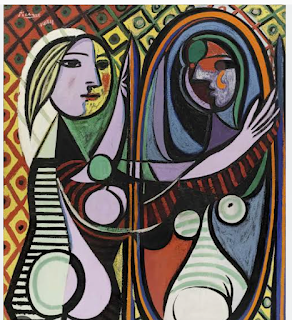The relationship between good and evil is a complex one that has been debated by philosophers, theologians, and moral thinkers throughout history. These concepts are fundamental to the human experience and help us to understand the world and make decisions about how to live within it.
In visual terms, the concepts of good and evil are often represented as polar opposites. Good is typically associated with light, positive, and affirmative. Evil, on the other hand, is typically associated with darkness, negative, and negative.
Here are some visual examples that illustrate the relationship between good and evil:
A flashlight and a dark room: The flashlight represents good and light, while the dark room represents evil and darkness.
A flower and a spider web: The flower represents good and beauty, while the spider web represents evil and danger.
A rose and a thorn: The rose represents good and love, while the thorn represents evil and pain.
These visual representations help to emphasize the contrast between good and evil. Good is associated with light, positive, and affirmative, while evil is associated with darkness, negative, and negative.
Here are some more complex visual examples that illustrate the relationship between good and evil:
A yin and yang symbol: The yin and yang symbol represents the constant balance of good and evil in the universe.
A scale: The scale can represent the equality of good and evil.
A fork in the road: The fork in the road represents a choice between good and evil.
These visual representations take a more complex look at the relationship between good and evil. Good and evil are not always black and white. Sometimes there can be a balance between good and evil. Sometimes it is necessary to make a choice between good and evil.
In conclusion, the relationship between good and evil is complex and can be represented in different ways. Polar opposites are a common way to emphasize the contrast between good and evil. However, there are also visual representations that take a more complex look at the relationship between good and evil.







